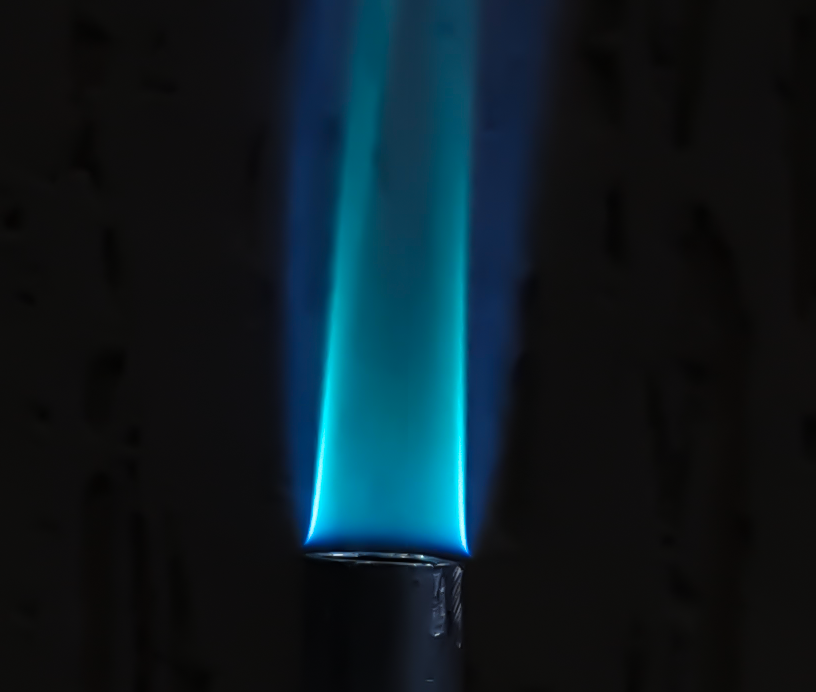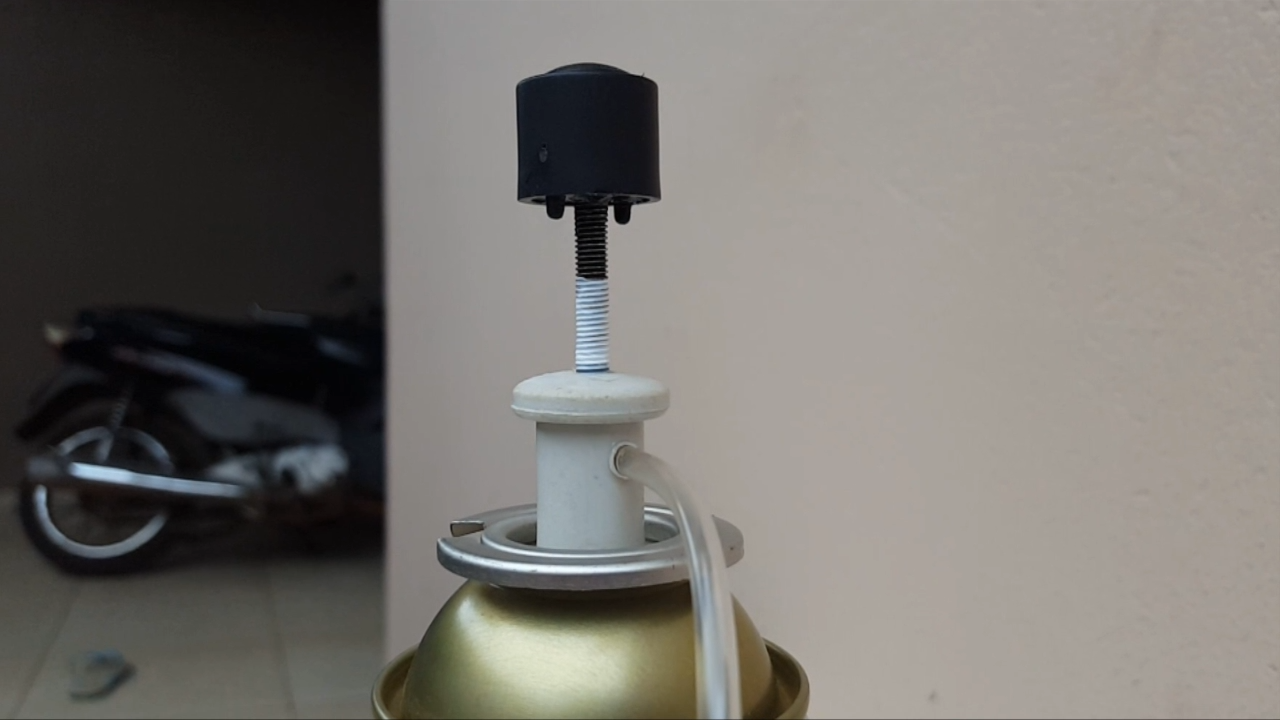Quote: Originally posted by earpain  | Thank you for sharing!
So that is butane or propane?
Do you have a pressurization orifice , in the gas supply somewhere, as any plumber's torch etc. would have? If so, did you make it or gut it from
something else? (the store bought ones have a bored hole that is too small to be visible to the naked eye)
Also, I could be wrong here, but I think there may be a technical difference between a 'regulator' vs, a 'valve'. I built a big torch connecting to
a BBQ size large propane tank. I used a proper regulator(designed for acetylene), a regulator+valve i cannabilized from a plumber's torch, and then I
tried just a needle valve. My understanding is that a regulator vs. valve is like thermostat vs. voltage/flame size control. Taking the regulator
apart revealed a different mechanism for controlling the gas flow then a needle valve, which I believe is the same as your fine threaded lug device.
Where as a regulator would have a diaphragm like rubber piece, and a spring, and would increase flow when screwing in, vs. a valve increases the gas
when unscrewing.
If the flame is igniting above the opening of the burner, this usually indicates less-than-ideal fuel:O2 mixture. Even when the source of O2 is
simply from the ambient atmosphere. Adding an elbow at that spot would allows the oxygen and fuel to mix up a bit more before burning. Otherwise
steal wire screen, or something similar helps dramatically.
At some point i will rebuild my performance CPU fan powered forced air burner and post pictures. I used 3/4in diameter steel pipes for most of the
body, and part of a telescope for the torchhead.
How hot does the heat sink get?
Thanks again for sharing!
|
Thanks for the comments!
1) according to the label, the gas contained in the cylinder is a mixture of butane and propane. No information is provided about the exact
proportions.
2) I used a hypodermic needle at one end of the gas line to create a choke, you can see it between the materials at the beginning of the video and in
more detail along it.
3) The heat sink is incredibly underheated compared to all the heat that is produced by the flame just above it. I did a long test (> 45 minutes)
and at the end it was just warm to the touch.
Let us know as soon as your burner is ready!
I saw many amazing gas burner designs on YouTube, my portable bunsen burner is just an inexpensive design that met my needs. As I found some creative
solutions throughout the project, I decided to share its construction. I want to work on more powerful burners in the future, this opens up the
possibility of carrying out several interesting reactions that require high temperature (in addition to opening the doors to metallurgy, a hobby
shared by many here, I believe).
|
















